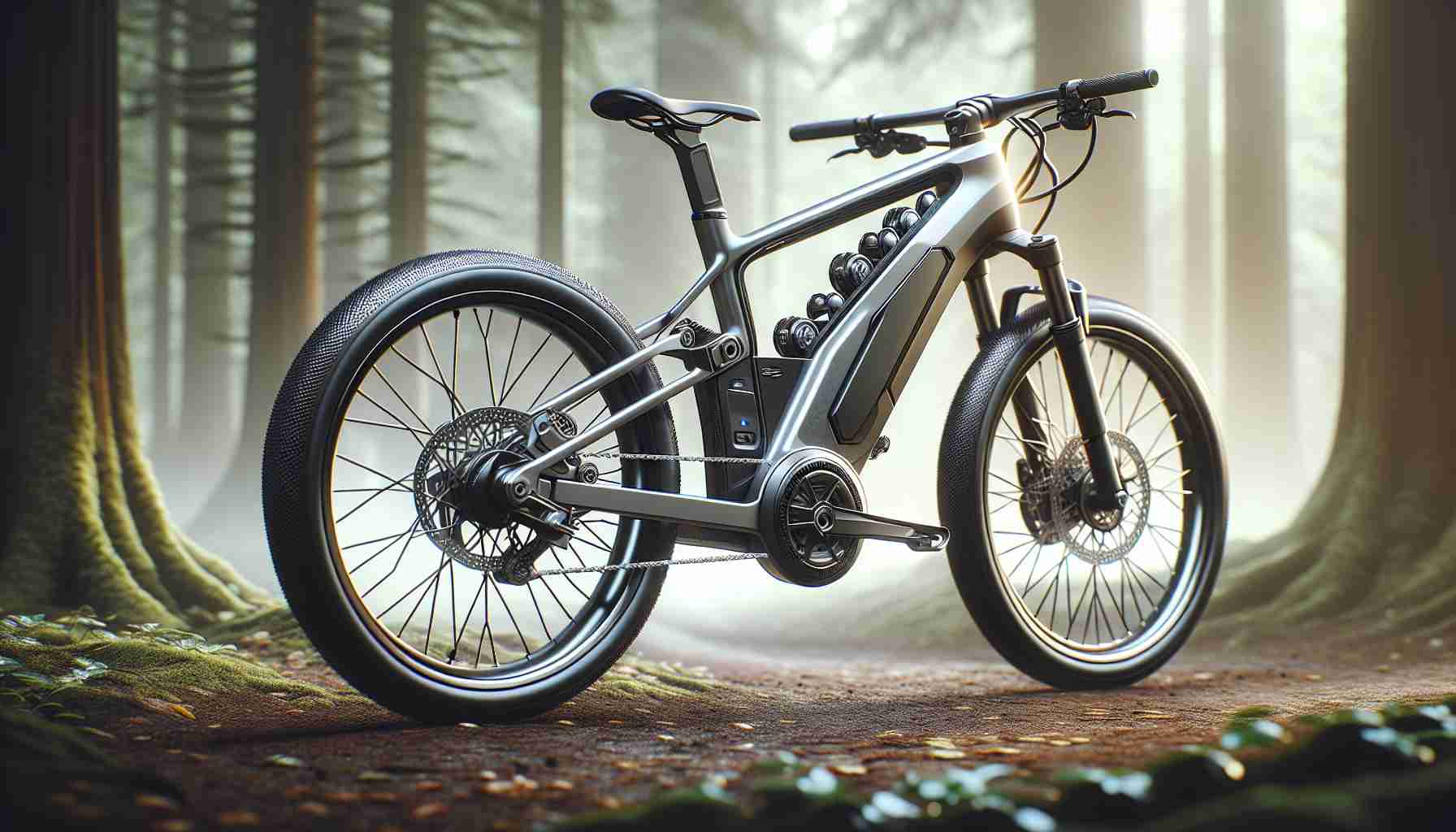Giant Steps Up the E-Bike Game with the New Defy E+
The world of electric road bikes just got more exciting with Giant’s release of the Defy E+, marking the company’s entry into the performance e-road bike sector. It might seem surprising for a brand of Giant’s caliber to debut something of this nature only now, especially given its longstanding history in the cycling industry since 1972, and an initial venture into e-bikes as early as 1986.
What makes the Defy E+ spectacular is the in-house crafted drive system, highlighting Giant’s commitment to innovation. This contemporary bike offers a geometry inspired by their Defy all-road version, combined thoughtfully with SRAM’s AXS wireless drivetrains. Rather than merely adapting an existing model, Giant has introduced significant enhancements that make this model stand out.
The new Defy E+ showcases impressive features: its hub-driven motor delivers a maximum torque of 30 Nm, which Giant claims provides the experience of 75 Nm, thanks to a clever gearing relationship. With a Class 3 assist, riders can enjoy speeds up to 28 mph (45 km/h) with a range between 24 to 62 miles, expandable with an optional extender.
Visual cues denote its e-bike stature, such as a streamlined top-tube light system giving users easy battery and assist-level updates via two LED arrays. Integrating seamlessly with SRAM’s AXS system, the bike introduces innovative wireless Blip controls for shifting assist levels through SRAM’s controls—ensuring efficiency without compromising hand positioning during rides.
Giant’s strategic move to innovate its e-bike system rather than relying on established third-party options like Bosch or Shimano demonstrates its dedication to engineering excellence and offers competitive advantages that showcase their inventive spirit.
Revolutionizing Urban Commutes: How the Defy E+ Is Shaping the Future
With the introduction of the Defy E+, Giant has once again asserted its dominance in the cycling realm, but what does this mean for the evolution of urban transportation and technological advancement? Beyond the technical specifications and sleek design, this novel e-bike offers a window into the future of commuting and personal mobility.
Pioneering Power Efficiency
While e-bikes are not new to the market, Giant’s in-house drive system and innovative gear relationships deliver not just power, but unprecedented power efficiency. This level of efficiency isn’t merely about speed; it’s about enhancing the overall riding experience. Could this trigger a shift in how e-bikes utilize energy, nudging other manufacturers to rethink their approach to motor design? Indeed, this raises an intriguing possibility for more sustainable, long-distance travel solutions.
Impact on Urban Mobility
Consider the implications of an e-bike that can reach speeds comparable to those of urban traffic. The Defy E+ could conceivably replace short to medium car trips, especially in cities plagued by congestion and pollution. If widely adopted, such e-bikes could substantially reduce traffic jams and environmental impact, promoting a healthier lifestyle for commuters. But does the infrastructure of most cities support this change? Cities will need to adapt, favoring bike lanes and safe charging stations over car-dependent layouts.
Wireless Tech: The Future Standard?
The inclusion of SRAM’s AXS wireless drivetrains in the Defy E+ opens a broader discussion about the increasing trend towards wireless technology in personal mobility devices. Streamlined connectivity not only enhances performance but also brings a level of convenience that’s becoming a consumer expectation. Will future models of e-bikes and similar technologies shed wired components entirely? This shift could pave the way for a new era of connected, smarter transportation solutions.
Advantages and Disadvantages
One of the key advantages of the Defy E+ is its holistic design approach, which incorporates advanced electronics seamlessly into the cycling experience. However, this innovation comes at a cost. The potential price barrier raises the question: Could this e-bike, with its high-end features, alienate potential everyday users who seek affordable commuting alternatives?
Another concern is the maintenance of advanced wireless systems. With complexity comes the potential for issues, especially in regions lacking specialized service providers. Could this limit their global reach and accessibility, making them more of a luxury than a practical commuting option?
Controversies and Conversations
There’s a debate surrounding the classification of bikes like the Defy E+ within urban environments. Should they adhere to the same regulations as traditional bicycles, or is a new category required given their increased speed and power? This is an ongoing conversation among city planners and legislators as they seek to balance innovation with public safety.
What’s Next?
As Giant forges ahead in e-bike innovation, what’s next for competing brands, and how will they respond? Will this spur a new e-bike arms race, pushing technological boundaries further? The Defy E+ not only showcases Giant’s capabilities but also sets a benchmark that others may strive to surpass.
For more insights on e-bike innovations and urban mobility solutions, you can explore Giant Bicycles for their latest updates and future releases in the cycling arena.
—
By exploring these facets of the Defy E+, we uncover its potential far beyond a simple e-bike, challenging how humanity navigates and interacts with urban landscapes, pushing both transportation and technology forward in exciting new directions.







